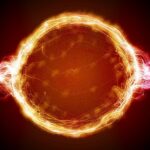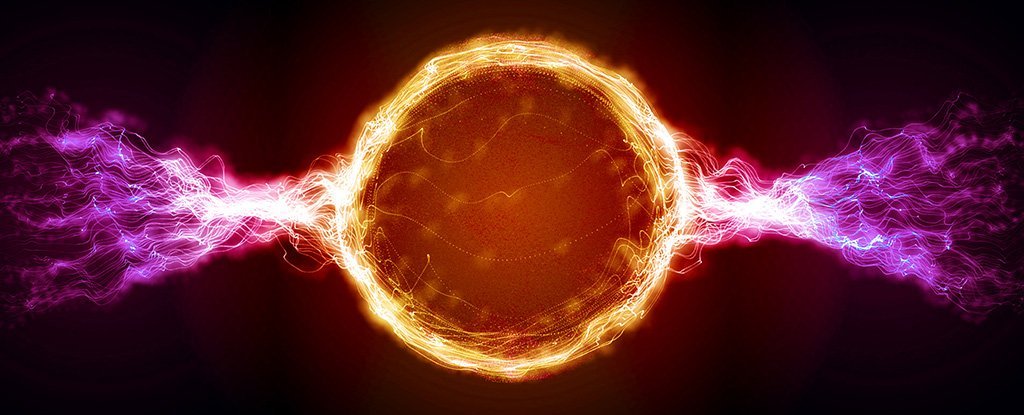Con – Nuclear fusion: why we don’t have nuclear fusion reactors (and why ITER won’t work either)


There has been talk for decades of the myth of nuclear fusion, of the possibility of producing energy from the most common element in the universe. Why, despite the enormous investments, first public and then private, have we still not achieved anything?
First of all it must be remembered that nuclear fusion involves the union of two hydrogen atoms, in one of its different isotopes, to obtain an atom of helium and energy. This is the same process that occurs in stars, where however the enormous pressures are generated by the gravitational force due to the enormous mass.
On earth, the conditions for fusion are obtained either by containing hydrogen at very high temperatures and pressures, until it becomes plasma (a particular state of matter necessary for fusion), or by hitting small hydrogen targets with laser beams. The first method, the one most used, is also the one used by the great European project ITER.
It has often been said that by now there have been experiments that have produced more energy than has been introduced, thus giving the idea that fusion is now a tool that can be used to produce electricity in the near future. Unfortunately it is only an illusion, for two reasons.
- Often we talk about the energy put in and the energy obtained, but these refer to the energy put into the plasma. We speak of Q (Plasma). Currently the best value obtained for Q (Plasma) is 0.7, that is, for each unit of energy fed into the plasma, 0.7 is obtained. Now ITER is expected to inject 50 Mw to obtain 500 Mw. But this is energy injected into the plasma. In reality, the bulk of the energy does not go into the plasma, but into its containment, into the superconducting magnets and into their cooling. Therefore it is necessary to evaluate the Q (Total) that is the ratio between the total energy input and the total energy obtained. In this case the Q (Total) is much lower;
- then the total energy is often in the form of thermal energy, and must be converted into electrical energy. The conversion efficiency, at best, is 50%.
So ITER will also be an experiment, but an inefficient experiment. If we consider the electrical energy introduced and the one obtained, we will have, at best, an efficiency equal to 0.57, that is, 0.57 will be obtained on a megawatt introduced. And let's talk about 2035….
So, in the short term, it will take something else, that is a more traditional nuclear, or we will have to rethink all climate policies
Here is a video that explains the whole problem well.

Thanks to our Telegram channel you can stay updated on the publication of new articles of Economic Scenarios.
The article Con – Nuclear fusion: why we don't have nuclear fusion reactors (and why ITER won't work either) comes from ScenariEconomici.it .
This is a machine translation of a post published on Scenari Economici at the URL https://scenarieconomici.it/con-fusione-nucleare-perche-non-abbiamo-i-reattori-a-fusione-nucleare-e-perche-anche-iter-non-funzionera/ on Wed, 29 Dec 2021 07:00:57 +0000.
